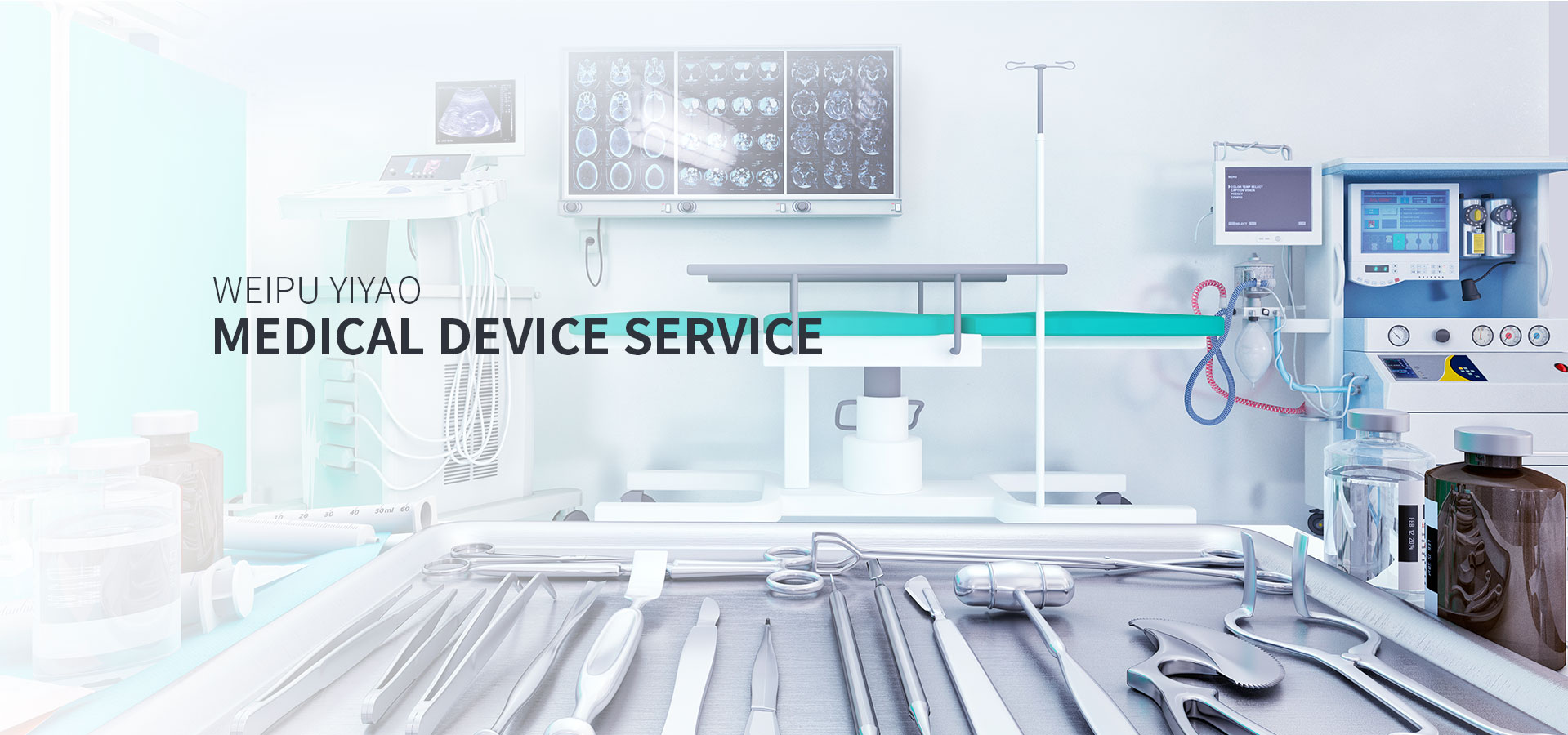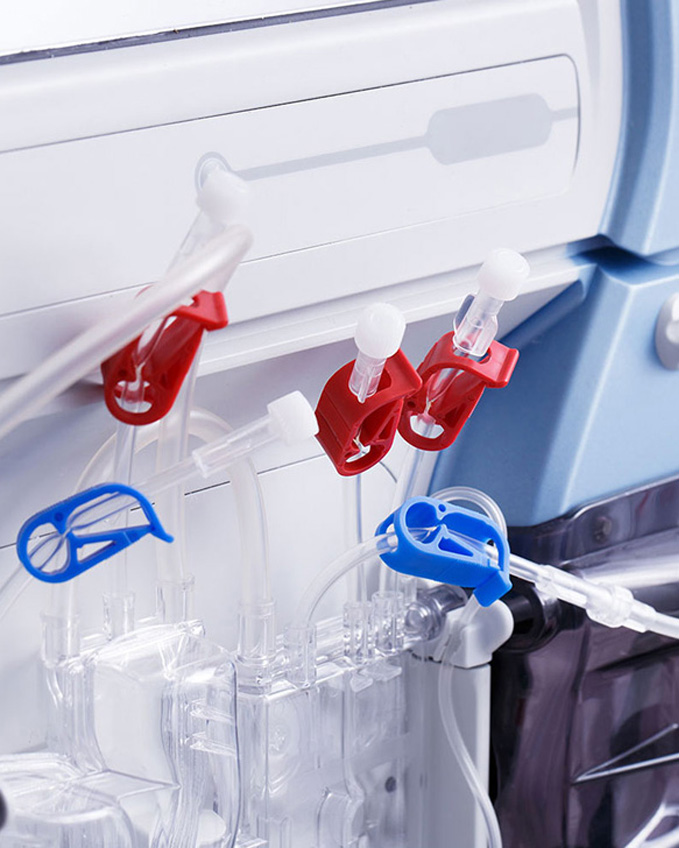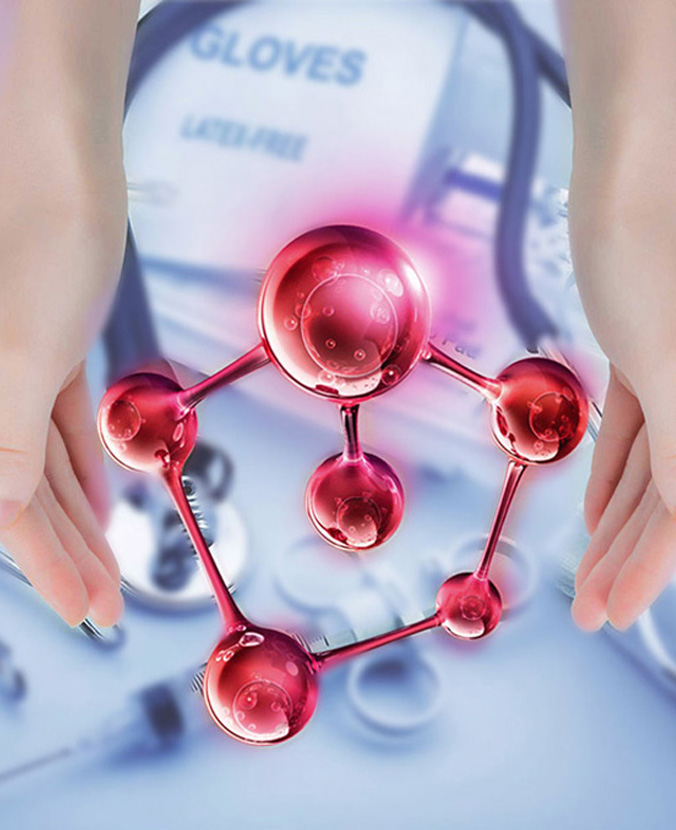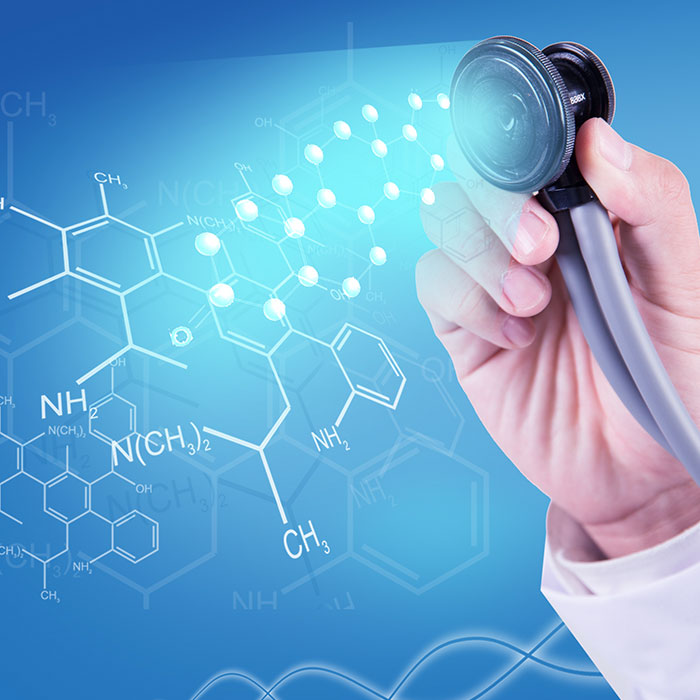CHEMICAL CHARACTERIZATION
According to ISO10993/GB16886, enterprises need to carry out biological evaluation of medical devices to ensure the safety of medical devices in the use. As the first step of biological evaluation, material chemical characterization provides the necessary data support for the safety evaluation.
ISO10993-1: 2018 further clarifies the importance of chemical characterization of materials. Biological evaluation of medical devices focuses on minimizing the number and exposure of test animals by giving preference to in vitro models and to chemical, physical, morphological, and topographical characterization testing. Obtaining physical/chemical information and considering material characterization are prerequisite information needed for a risk assessment, taking precedence over any biological experiments.
In some cases, additional chemical information may be required, and chemical characterization and toxicological information may have to be used to support risk assessment, such as unexpected results observed in biocompatibility tests, devices containing known toxic chemicals (such as drugs in drug combinations), devices made of degradable, absorbent materials, etc.






